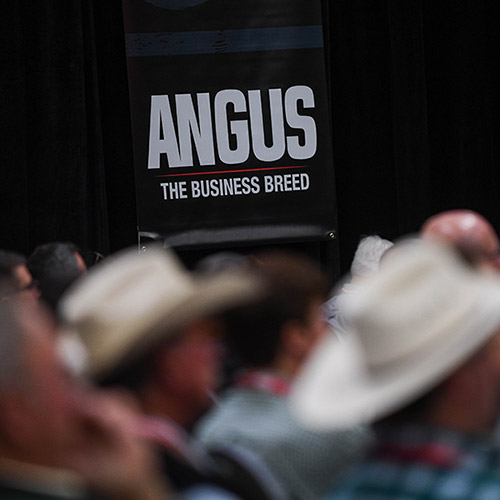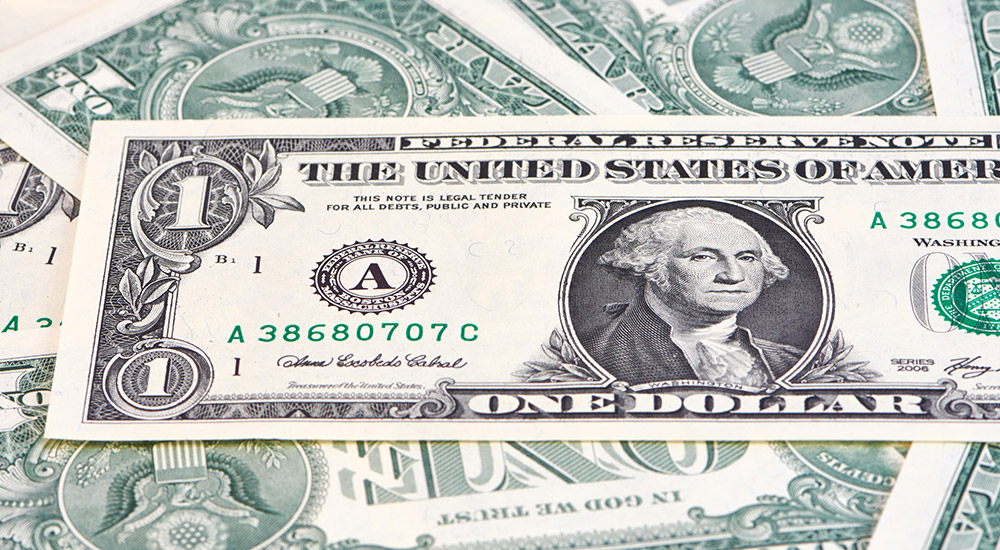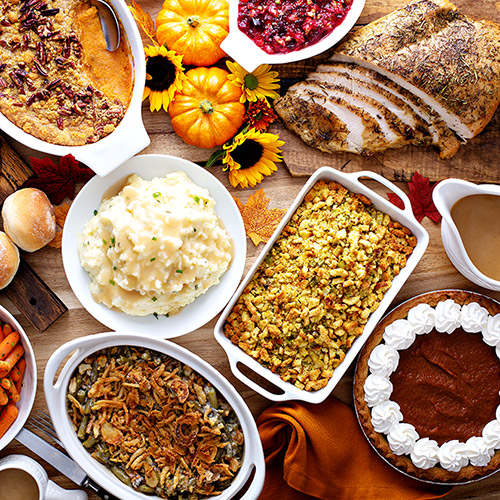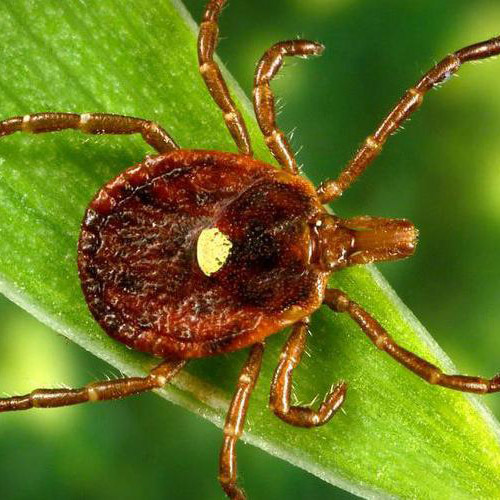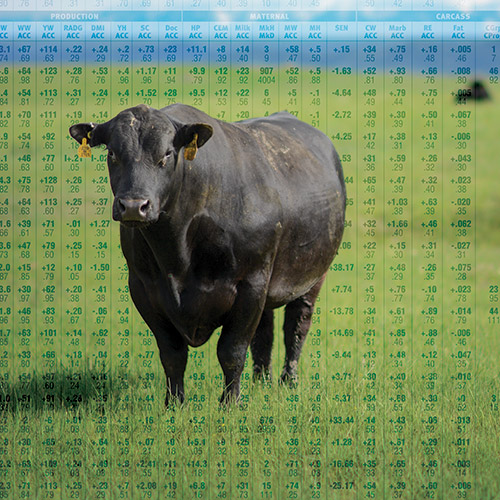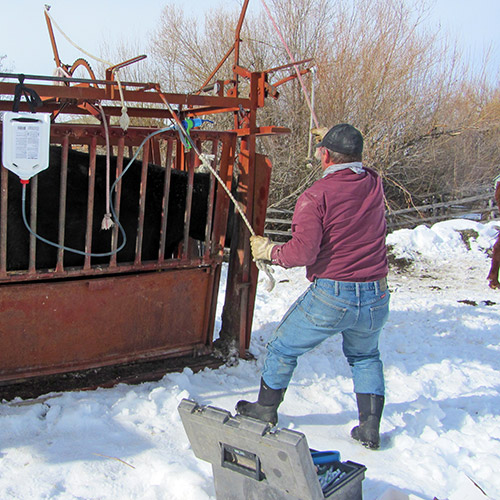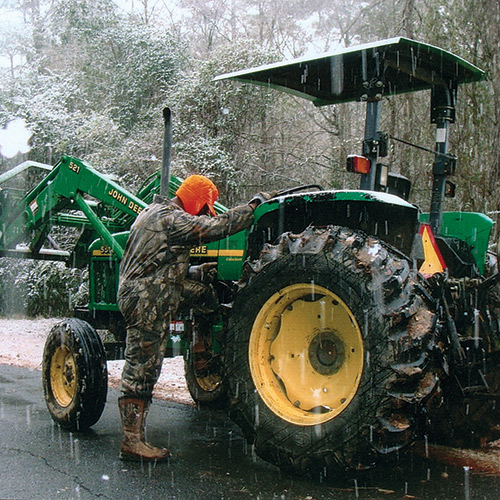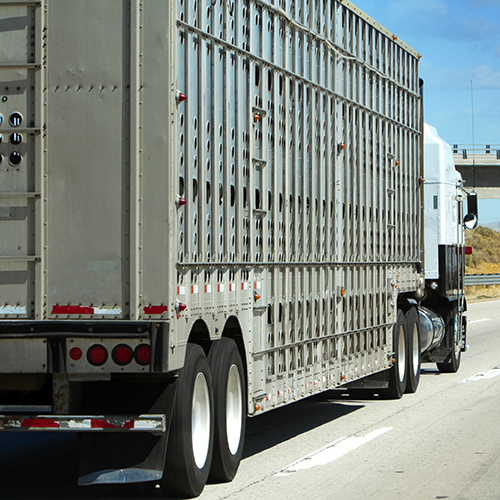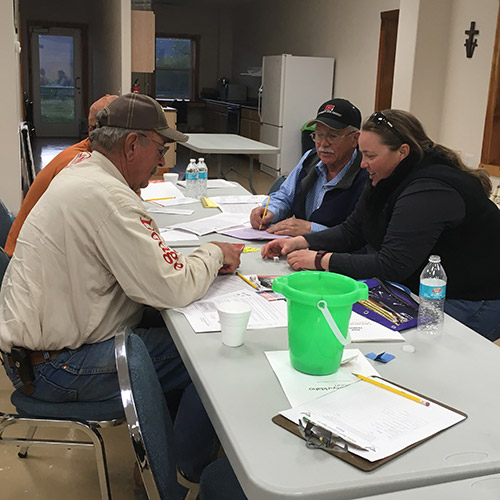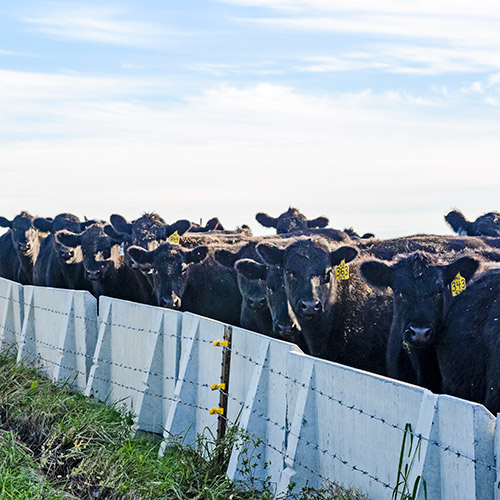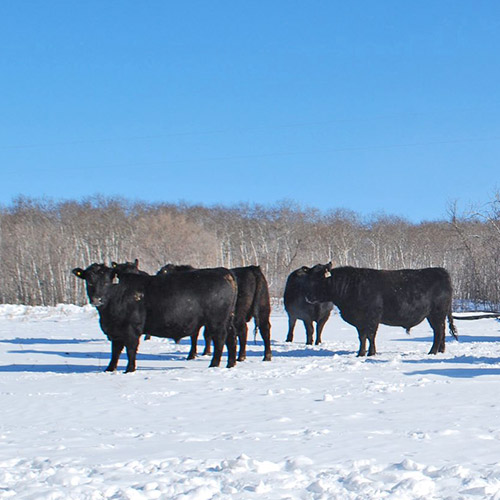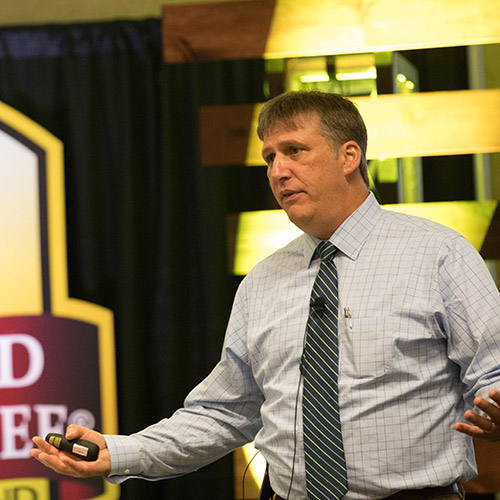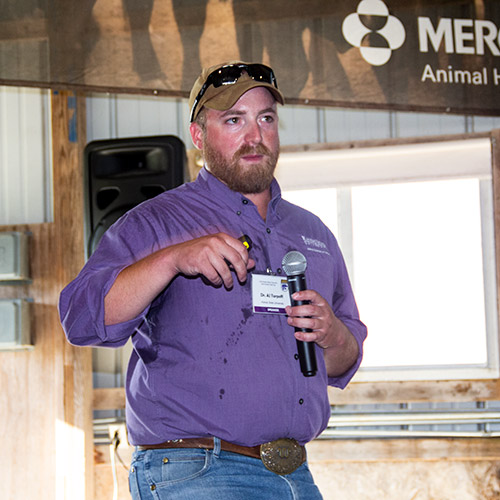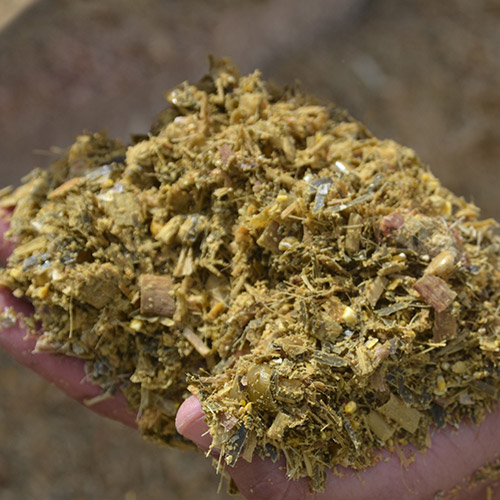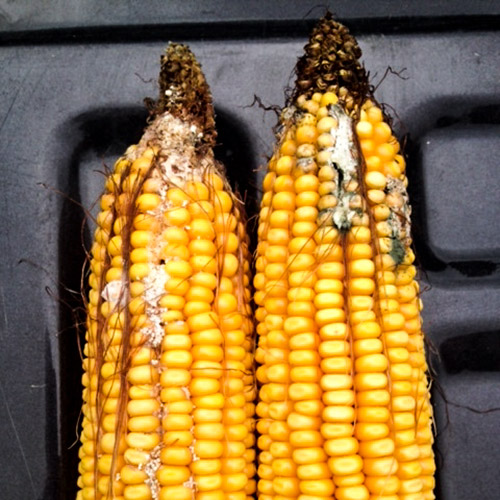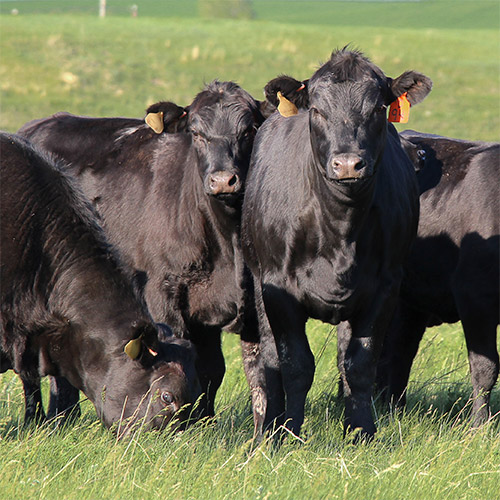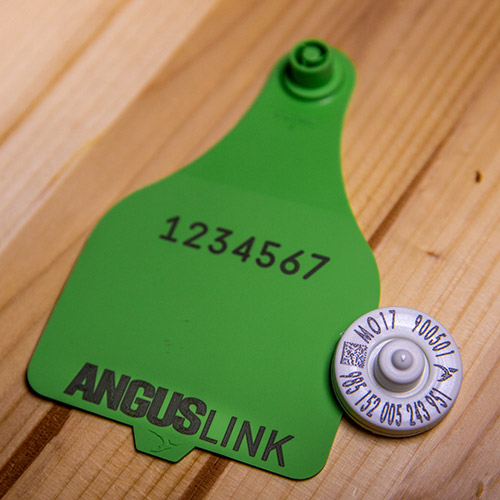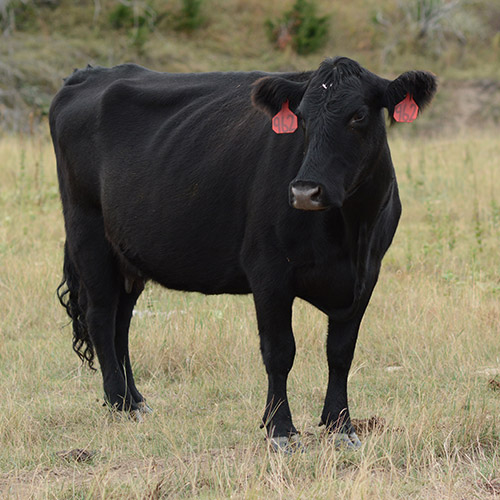Expected Seasonal Premium Declines
Holiday demand spikes will pass, middle-meat values to decline.
The second half of December marks the end of the holiday run on middle meats, along with seasonally wider price spreads between quality grades and the premium brands. We can classify demand spikes for the more richly marbled carcasses relatively easily by the four quarters of the year, as those demand periods happen to fall nicely within the quarterly calendar segments.
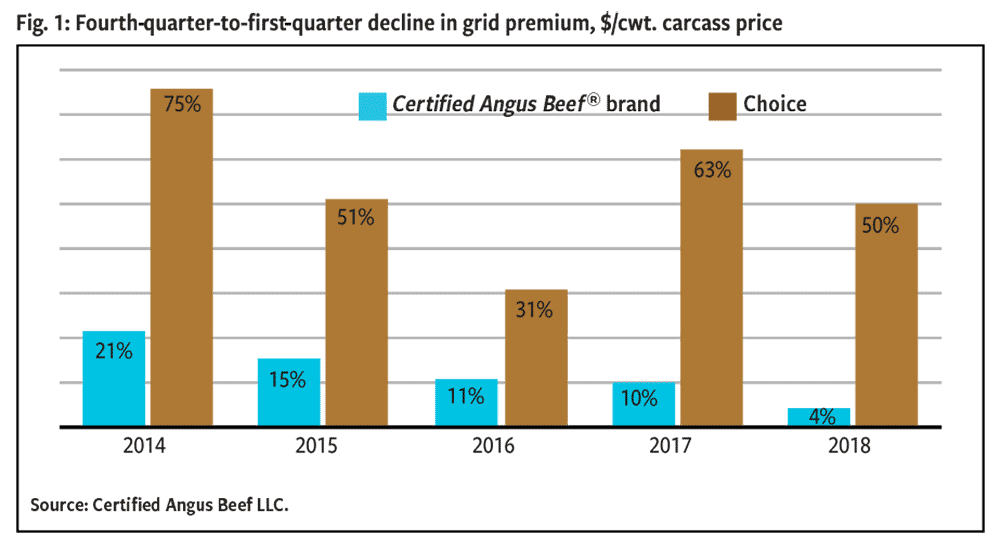
As quickly as the Christmas holiday wraps up, we see beef demand shift to a more balanced pricing approach across the carcass. Middle meats fall back in price and end meats step up their contribution to total carcass value. On the production side, fed-cattle-harvested numbers tend to fall off a bit in the first quarter while the marbling trend tends to increase to near annual highs in February, creating the largest proportions of Choice, Certified Angus Beef® (CAB®) brand and Prime product in a normal calendar year.
These combined supply-and-demand factors have a negative effect on the quality price spreads packers pay on their grids moving from the fourth quarter to the first quarter, as seen in Fig. 1. With the exception of the 2015-2016 transition, each of the past five years has featured a Choice-Select price spread decline larger than 50% moving into the first quarter of the year.
The CAB-Choice premium reduction is much smaller for this transition, averaging just 12% in the past five years, but it has always moved up and down in a much smaller range on top of Choice. High-quality cattle are generally a smart hedge as they tend to have better health and nutritional management behind them, not to mention that it’s difficult to lose money on a grid when they’re properly sold.
However, is the added investment to purchase the front-end type of cattle best targeted to finishing dates in the first quarter of the year? Certainly not. This rings true, especially for larger feedyards marketing cattle each month of the year. The big yards are also most likely to access different classes and breeds of feeder cattle based on regional differences in calving seasons and environment. These feedlots can time their buying power toward the more costly, high-marbling-potential Angus calves with harvest dates specifically in the second and fourth quarters of the year, when the largest carcass premiums are historically most likely to occur. The reality is that quality-focused feeders pursue the good ones constantly.
Editor’s note: Paul Dykstra is a beef cattle specialist with CAB. Read more of Dykstra’s biweekly comments in the CAB Insider at https://www.cabcattle.com/wp-content/uploads/CAB_Insider-12-12-18-002.pdf.
